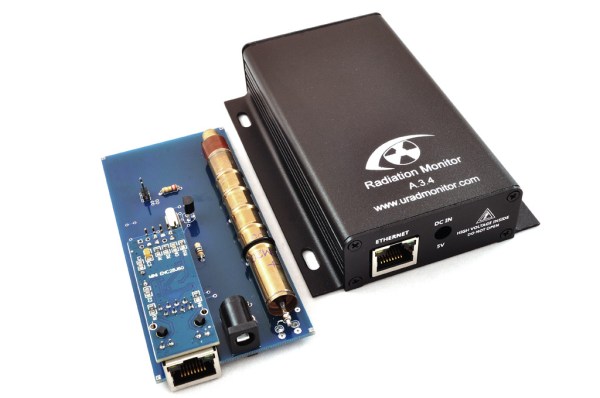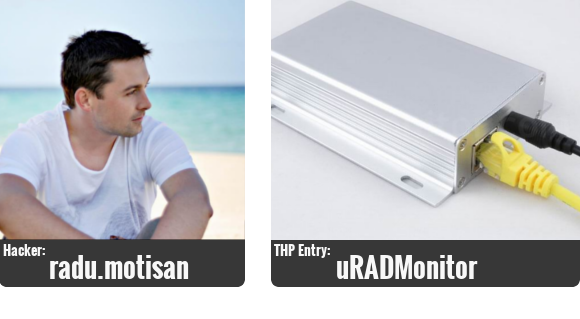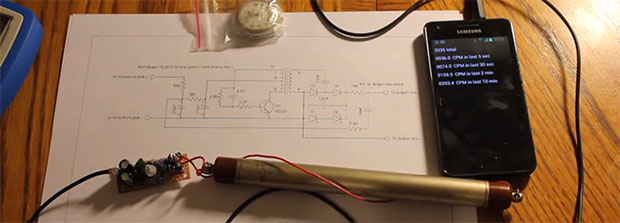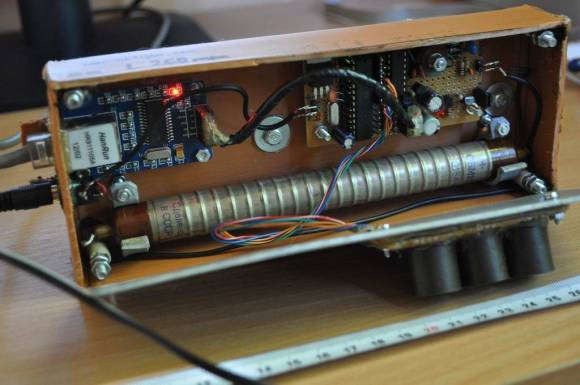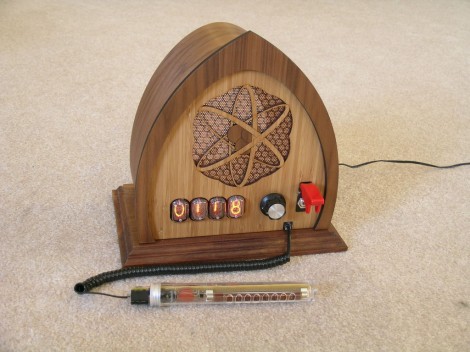Things have been busy at Global Radiation Monitoring Network Central Command. As a semifinalist in the Hackaday Prize, project creator [Radu Motisan] has quite a bit of work to do. He’s not slacking off either. With 33 project logs (and counting), [Radu] has been keeping us up to date with his monitoring network and progress on uRADMonitor , the actual monitoring hardware.
[Radu’s] latest news is that he’s ready to go into production with model A of the uRADMonitor. Moving from project to production can be an incredible amount of work due to sourcing parts, setting up assembly houses, and dealing with any snags that come up along the way. We’re sure [Radu] can handle it, though.
The network of uRADMonitors is also growing. A new monitor was just installed in Prescott, Arizona. This is the 10th unit in the USA. You can view the map, data, and graphs of global radiation live on the uRADMonitor website.
 The project featured in this post is a semifinalist in The Hackaday Prize.
The project featured in this post is a semifinalist in The Hackaday Prize.

